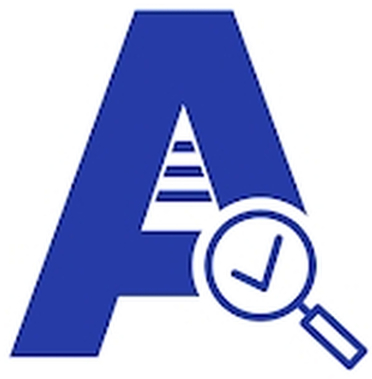Pallet Racking Inspection Checklist
Creating a Pallet Racking Inspection Checklist using eAuditor Audits & Inspections is an essential step to ensure the safety, stability, and compliance of warehouse storage systems. Below is a step-by-step guide to help you set up this checklist:
1. Define the Checklist Sections
Categorize the inspection process into specific sections to ensure comprehensive coverage of all critical areas of pallet racking. The typical sections might include:
- General Information
- Date of Inspection
- Location (Warehouse/Zone)
- Inspector’s Name
- Racking ID/Tag Number
- Structural Integrity
- Uprights (columns) are free from dents, bends, or rust
- Beams are straight and securely fastened
- Base plates are firmly anchored to the floor
- Horizontal and diagonal braces are intact and properly attached
- No signs of overloading or stress on any components
- Load Capacity and Stability
- Load capacity labels are visible and legible
- Make sure that Load limits are adhered to and not exceeded
- Pallets are properly placed, with no overhanging
- Racking is plumb (vertical) and level
- Any safety bars, mesh decking, or anti-collapse systems are secure
- Fasteners and Connections
- Bolts, nuts, and screws are tight and in good condition
- Beam clips and locking pins are in place and undamaged
- Welds are intact with no signs of cracking or separation
- Safety Measures
- Aisles are clear of obstructions and debris
- No unauthorized modifications or repairs
- Safety signage is visible and in good condition
- Adequate lighting is available to inspect racking
- No damaged or missing rack protection devices (e.g., column guards, end-of-aisle protectors)
- Damage and Repairs
- No signs of impact damage from forklifts or other equipment
- Previous repairs are documented and comply with standards
- Report and document any damage that requires immediate attention
- Final Checks
- General condition of the racking system is satisfactory
- All issues have been documented and reported
- Recommendations for corrective actions are noted


2. Use existing Pallet Racking Inspection Checklist or create the Pallet Racking Inspection Checklist in eAuditor Audits & Inspections
- Step 1: Open eAuditor Audits & Inspections
- Step 2: Start a New Template
Click on “Create Template” or use Pallet Racking Inspection Checklist from public templates if you have an existing template file. - Step 3: Add Sections and Items
Use the eAuditor Audits & Inspections interface to add the sections and checklist items according to the categories mentioned above. For each item, you can specify the inspection criteria, such as pass/fail, yes/no, or numerical ratings. - Step 4: Attach Photos and Notes
Enable the option for inspectors to attach photos and notes for any issues found during the inspection. This feature is useful for documenting damage or potential safety hazards. - Step 5: Set Up Automated Alerts
Utilize eAuditor Audits & Inspections’s automation features to set up alerts for critical issues, such as sending notifications to the maintenance team when an item fails the inspection. - Step 6: Test the Template
Conduct a trial inspection to ensure the template is comprehensive and user-friendly. Make any necessary adjustments based on the trial run.


3. Deploy and Use the Checklist
- Share the completed template with all relevant personnel involved in the inspection process.
- Conduct regular inspections using the eAuditor Audits & Inspections app, ensuring that all items are checked and documented.
- Utilize eAuditor Audits & Inspections ’s reporting features to monitor inspection trends, identify recurring issues, and manage repairs.
4. Regular Review and Update
- Periodically review and update the checklist to ensure it remains relevant and compliant with any changes in safety regulations, warehouse practices, or racking system designs.
- Address any feedback from inspectors to improve the checklist’s effectiveness.
